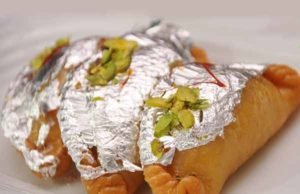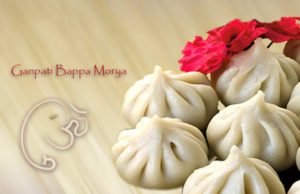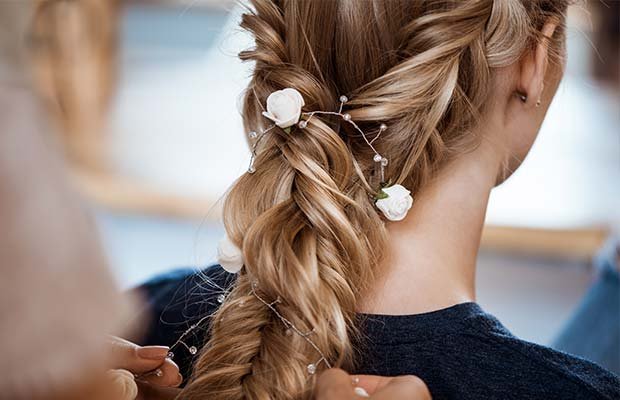Diwali – The festival of lights and Interesting facts, History and Significance
It’s that time of year again. The grandest festival of India is approaching. Diwali- The festival of lights as we know it. No festival is bigger than Diwali festival. People of all age groups wait with the same enthusiasm for the festival and celebrate it with full zeal. And why not, after all, it is the main festival of the nation.
On this occasion of Diwali let us share some of the interesting facts regarding the festival.
SIGNIFICANCE
Diwali marks the victory of good over evil, darkness over light.
- We all know that Diwali is a Hindu festival. If you think that it is limited to India then there is a surprise for you. The day of Diwali is an Official holiday in countries like Malaysia, Pakistan, Sri Lanka, Nepal, Guyana, Myanmar, Mauritius, Singapore and Trinidad and Tobago.
- It is celebrated on the 15th day of the Hindu month of Kartika.
- Diwali is a festival which surpasses the boundaries of religion. Hindu, Sikhs, Jains and Buddhists celebrate it.
- Originally it was called as Deepawali which means “series of lights”, but with the Sanskrit language gradually fading away, it is now called Diwali.
- There is a ritual of waking up early before sunrise on the day of the festival. People then perform a ritual oil bath. It signifies the cleansing of body and soul.
- Diwali marks the starting of the new year of Hindu calendar.
- Diwali is celebrated over a period of 5 days.
- On the night of Diwali, another festival is celebrated. Jain community celebrates the festival of lights which marks the attainment of moksha by Mahavira.
- Sikhs also have a special relation with Diwali. They celebrate it to mark the release of their Guru Hargobind Sahib Ji along with 52 kings and princess, who were held captives by the Mughals.
- The foundation stone of the historic Golden Temple was laid on the day of Diwali in 1577.
- It is a tradition to clean the house before Diwali. People try to make their houses spotless before they enter the new year.

People decorate their houses with beautiful rangoli patterns
- There is a belief that gambling on the night of Diwali brings good fortune.
- People in Malaysia celebrate Diwali as “Hari Diwali” in the month of Aswayuja.
- Diwali holds a significance for farmers. On this day farmers thank the Gods for the harvests and their blessings. They pray for the good harvests for the following year. It marks the end of the harvest season and the onset of winter
- In Nepal, Diwali is known as “Tihar” or “swanti”. On the 4th day of the festival, people worship Hindu God “Yama” for the long life of their loved ones.
- There is a unique tradition in Odisha. On the night of Diwali, people summon the spirits of their ancestors.They burn jute stems and shed light on the dark path of the spirits so that the light guides them to heaven.
- We often see “Shubh Deepawali” written on houses at the time of Diwali. Have you ever wondered what it means? Well, it loosely means “have an auspicious Diwali”.
- Diwali also marks the beginning of a new financial year. Business class opens new account books and worship Lord Ganesha on this occasion.
- Kashmiri pandits know Diwali as “Sukhssuptika”. It means to sleep with happiness.
FIVE DAYS OF DIWALI

“Diyas” or earthen lamps are most beautiful part of Diwali decorations
Traditionally, Diwali is a five-day festival. Preparations for the festival begin days before the festival.
Day 1- Dhanteras
Dhanteras kickstarts the five-day festival. It is a major shopping day, especially for gold and silver articles. By the time of Dhanteras, the cleaning and decoration of houses and shops are done. Women decorate houses with colorful rangoli and men take care of lighting. Candles and diyas illuminate through the night.
This day also marks the birthday of Goddess Lakshmi and God Dhanvantari (God of health).
Day 2-Narak Chaturdasi
Often it is known as “Choti Diwali”. On this day Lord Krishna killed the demon Narakasura. People in Goa, Karnataka and Tamil Nadu commonly celebrate this day as Diwali. Houses are decorated with rangoli and traditional rituals and prayers are offered. Women decorate their hands with “mehndi” and prepare sweets for the main Diwali.
Day 3- Lakshmi Puja

Firecrackers decorating the sky on the eve of Diwali
This is the main day of the whole festival. It is the night everyone keeps waiting for. People wear new clothes in the evening and worship Goddess Lakshmi(Goddess of wealth and prosperity) along with Lord Ganesha and Goddess Saraswati (Goddess of education). They enjoy mouthwatering sweets and after that, there is a splendid show of firecrackers. People burst crackers all night.

People worship Goddess Lakshmi, Goddess Saraswati and Lord Ganesha on the eve of Diwali
It is believed that Goddess Lakshmi roams the earth on the night of Diwali. On this occasion, people keep their doors and windows open all night to welcome the Goddess. The also light Candles and diyas to welcome her.
Day 4- Padwa, Balipratipada
The day after Diwali is known as Padwa. Family members meet each other and exchange gifts and well wishes for the coming year. It also celebrates the love and respect between husband and wife.
Day 5- Bhai Dooj
This marks the last day of the festival. It celebrates the pure relation of a brother and sister. It is similar to Rakshabandhan but with different rituals. Sisters perform special puja for the well being of their brothers. In ancient times, brothers would travel to meet their sisters or invite their family to their village to celebrate this special day. They celebrate the day by enjoying delicious meals.

Mouth-watering sweets are an integral part of Diwali celebrations
LEGENDS/STORIES OF DIWALI
The return of Lord Rama and Sita to Ayodhya

People celebrated Diwali on the occasion of Lord Ram returning to Ayodhya along with his wife Sita and brother Lakshman
The most famous and revered story behind Diwali. It is celebrated to mark the return of Lord Rama along with his wife Sita and brother Lakshmana to Ayodhya after 14 years. King Dashratha gave Rama an exile of 14 years. During the exile, demon Ravana kidnapped Sita. Lord Rama declared a war on Ravana and killed him and rescued Sita. After that, they returned to their hometown after 14 years. People of Ayodhya loved Lord Ram. In order to welcome their beloved prince, they lit their houses with earthen lamps, decorated the entire city and burst crackers. From that day onwards, the day is celebrated as Diwali.
The return of Pandavas

The five Pandvas
The epic “Mahabharata” holds a legend of its own about Diwali. The five royal brothers were known as Pandavas (Yudhishthir, Arjun, Bheem, Nakul and Sehdev) lost to their brothers (Kauravas) in the game of dice. As a result of the defeat, they were forced to go into exile for 13 years. After serving the exile, they returned to Hastinapur on “Kartik Amavasya” (new moon day). People of the kingdom were overjoyed on their return. They lit up the whole city with earthen lamps and celebrated.
The death of Narkasura by Lord Vishnu
Narkasur was a cruel demon ruler. He had acquired great powers. After defeating Lord Indra he stole the earrings of Mother Goddess Aditi. He also kidnapped 16000 daughters and wives of Gods and saints and put them in his harem. To free the people from the cruelty, Lord Vishnu fought and killed him and freed all the women. This happened a day before Diwali. The people were relieved and celebrated the occasion with great joy and grandeur.
The Vamana (dwarf) Avatar and King Bali
The sacred Bhagwat Purana has the origins of Diwali. King Bali was a generous but ambitious ruler. Lord Brahma gave him the boon of being unconquerable. The Gods were scared of his immense Power. No one was able to defeat him. They pleaded to Lord Vishnu and requested him to stop Bali. Lord Vishnu disguised himself as a dwarf priest (Vamana avatar) and went to Bali. He asked for some charity. He asked Bali to give him space he could cover with his three steps. Bali was a big-hearted king. Thinking that a dwarf could not cover much space he agreed to the request. At this moment, Lord Vishnu showed his true form and with just three steps, he covered the entire universe. Bali was left in the awe of Lord Vishnu. As a result, Bali had to give up his kingdom and went to the underworld. Diwali celebrates this victory of Lord Vishnu over Bali.
The birth of Goddess Lakshmi

Goddess Lakshmi rising from ocean
The day of Diwali marks the birth of Goddess Lakshmi. There was a time when Gods were mortal. They and demons wanted to live forever. They decided to search for “Amrit” (Nectar of immortality) by churning the ocean. Many remarkable and powerful objects appeared from the ocean during the process. Goddess Lakshmi, the daughter of the king of the ocean rose from the ocean on the new moon day. Lord Vishnu married her that night. To celebrate this auspicious wedding magnificent lamps were illuminated. The tradition continues to this day.


















